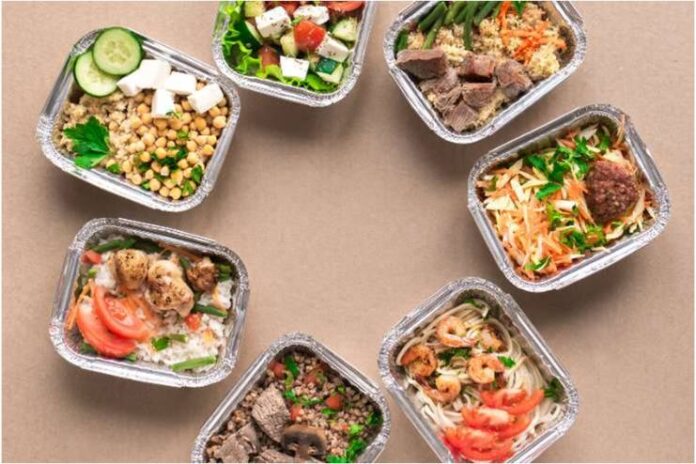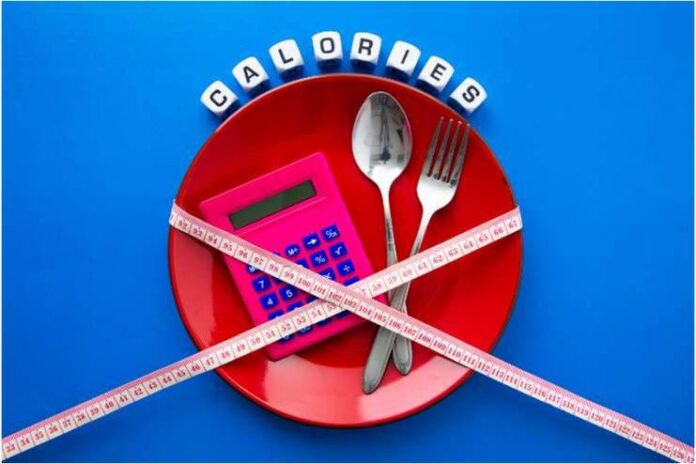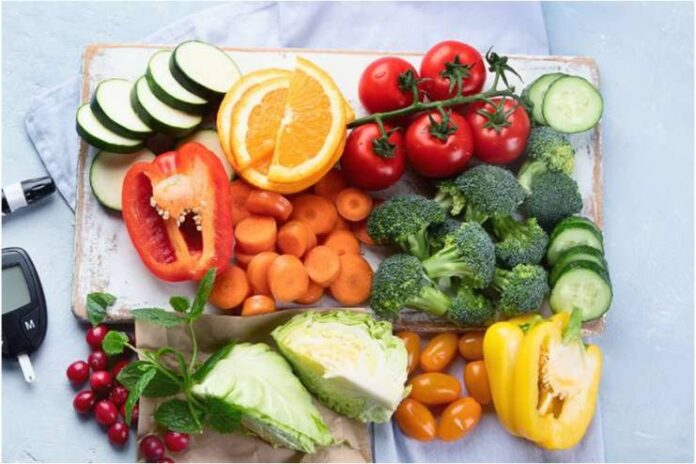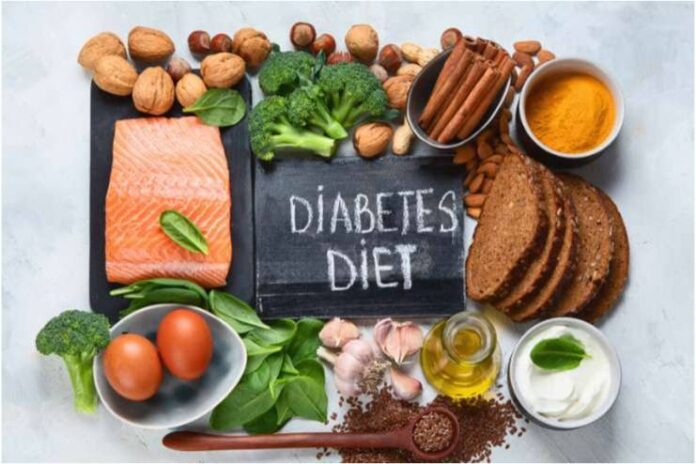Affiliate Disclaimer
Some links in this article are affiliate links. We may earn a small commission if you make a purchase through these links, at no extra cost to you. We only recommend products we find useful to our readersThe word “diabetes” rings in the minds of many as people often hear it in their households. If you have a family history of diabetes, are overweight, or lead a sedentary lifestyle, you might have diabetes now or develop it in the future. It’s essential to learn how to manage your diet and portion sizes. Knowing about diabetes and planning meals can help you make better food choices.
Eating healthy, staying active, and taking medication can help manage diabetes. It can be challenging to decide what and how much to eat. The American Diabetes Association suggests creating a nutritious meal plan to avoid complications.
By balancing carbohydrates, proteins, fats, vitamins, and minerals, you can get the proper nutrition for your body.
Diabetes Diet Tips
1The Importance of Regular Meals

Snacking at odd times can add extra calories, which may lead to high blood sugar. Diabetes happens when your body either doesn’t produce enough insulin or can’t use it properly. Insulin helps turn sugar in your blood into energy. If this process doesn’t work well, excess sugar stays in your blood, leading to weight gain and heart problems.
To manage this, stick to five meals daily: breakfast, lunch, dinner, and two snacks—one between breakfast and lunch and the other between lunch and dinner. Eating fruits and vegetables is ideal; you can have up to eight servings daily.
2Counting Calories

Calorie intake is another aspect that needs careful attention. According to your gender, age, and activity level, your calorie intake varies if you want to lose weight and ranges from 1550 to 1850 calories per day.
People with diabetes are generally advised to obtain no more than half of their calories from complex carbohydrates. Carbohydrates may consume 600–750 calories of your daily caloric intake. A 1500-calorie diet plan should provide about 150 g of carbohydrates per day at a ratio of 4 cal/g.
Calorie intake should be the primary goal to keep blood sugar in control, as too many calories in the form of carbohydrates can produce more glucose. More sugar or glucose gets deposited unused in the body due to lack of insulin or inability of the body to use insulin.
Check the labels on foods for information on carbohydrate content, and limit the amount of simple sugars, as they get deposited as cholesterol when unused by the body due to a lack of insulin. Track how many calories you consume, including sodium, carbohydrates, fat, and sugars, whenever you eat anything.
3Limit Trans Fats

Your kitchen might be stocked with delicious fried and processed foods that contain trans fats. These solidify with hydrogen and can be stored as fat if you eat processed items like cakes, cookies, biscuits, pizza, margarine, and other spreads. This may increase cholesterol as our insulin cannot help the fat convert into energy. The fat can get deposited as cholesterol in the body when unused by the body. Instead, choose mono-saturated and poly-saturated fats to help lower cholesterol.
4Managing Cholesterol

Eliminating foods that increase cholesterol is good, as high cholesterol can lead to heart disease and stroke. We have already learned how insulin affects cholesterol. Our body makes cholesterol from food, so it doesn’t require excess cholesterol from the diet.
People with diabetes should have no more than 125 and 200 mg per deciliter (mg/dl). Saturated fat foods like butter, ghee, hard margarine, lard, full-fat cheese, cream, yogurt, and coconut or palm oils must be avoided as they increase cholesterol.
5The Role Of Fiber In Diabetes

Including dietary fiber can eliminate cholesterol from the digestive tract and prevent it from depositing in the body. As insulin cannot convert fat into energy in a diabetic patient, eliminating fat from the body is essential. You can get fiber from plant-based foods, whole grains, fruits, vegetables, nuts, seeds, and beans. People with diabetes need fiber in food, about 25 g for women and 35 g for men. Many Americans generally get only half of the recommended amount through their diet.
6 Sodium and Diabetes

Watching sodium is essential. The American Heart Association recommends 2300 g of sodium or less per day. Most Americans consume an alarmingly high 3400 g of sodium per day through food. You can make intelligent food choices and reduce your sodium intake by reading food labels, which can guide you to the amount of sodium in foods.
Switching to a diabetes-friendly diet is essential to control blood sugar levels and preserve general health. You can significantly enhance your well-being by adhering to a regimented daily diet that prioritizes well-balanced meals, careful calorie consumption, and healthful food selections. Don’t forget to prioritize getting enough of a range of nutrients, including vitamins, minerals, proteins, carbs, and fats, while avoiding trans fats, cholesterol, and sodium. Planning and maintaining regular eating habits will help you to manage your diabetes better and lower your risk of complications.
-
Mar 2017Written by Pradeepa Polineni
-
Sep 2024Edited by Ankita





















